Section Title
Photography and imagery
At Interface we use a wide selection of image types to communicate our product offering, as well as our design, technology and sustainability stories.
Clear and considered art-direction helps to ensure each image feels uniquely Interface. Storytelling is another key factor in how we compose and select our images. From communicating the technical intricacies of our tile backings, illustrating the delicate balance of our climate, or capturing the people behind our business.
Installation photography
Installation photography makes use of real environments to capture our product in context. Natural lighting, graphic compositions, and propping using contemporary furniture helps to showcase our products in real-life environments.
Where possible there should always be a hint of humanity, either through models or suggestive propping. Environments and styling should always be nuanced to best communicate to the desired audience.
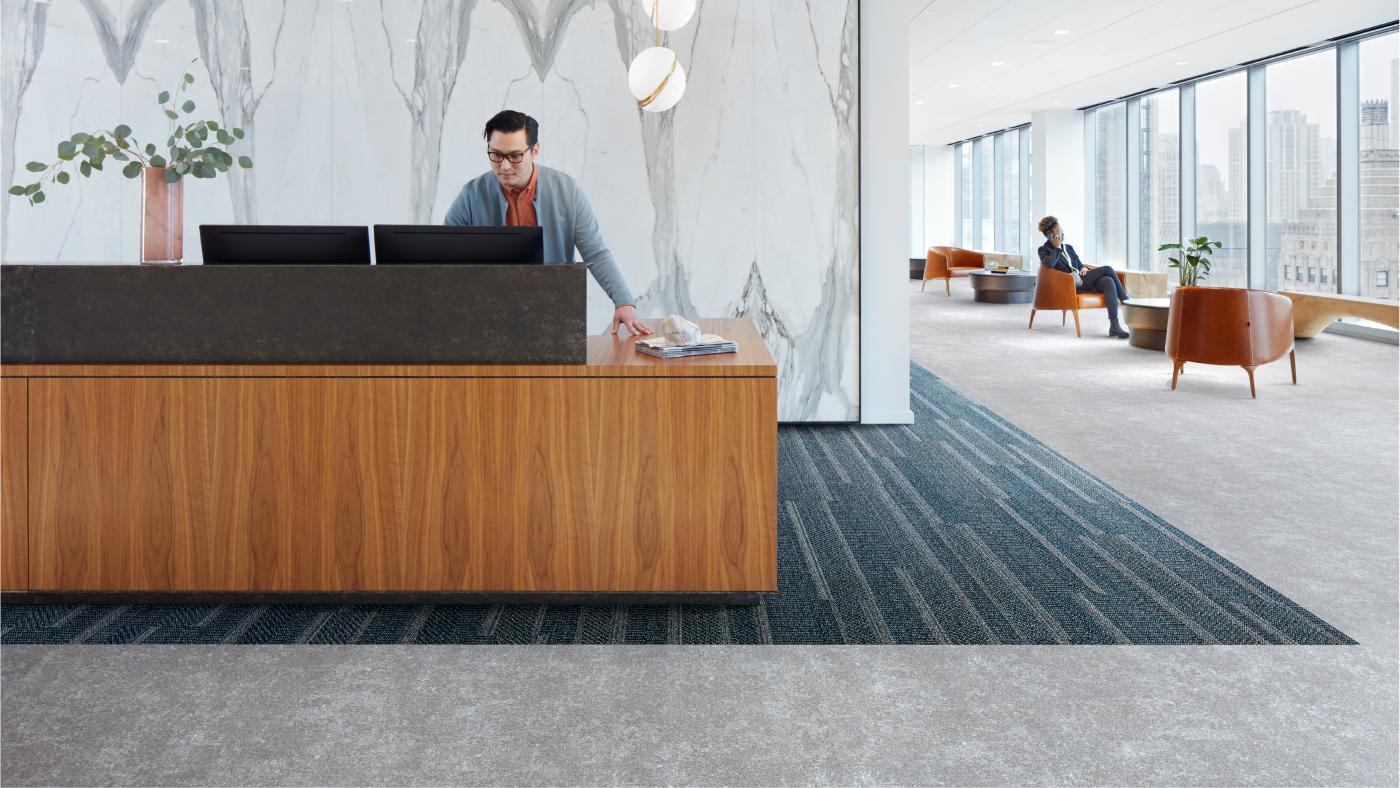
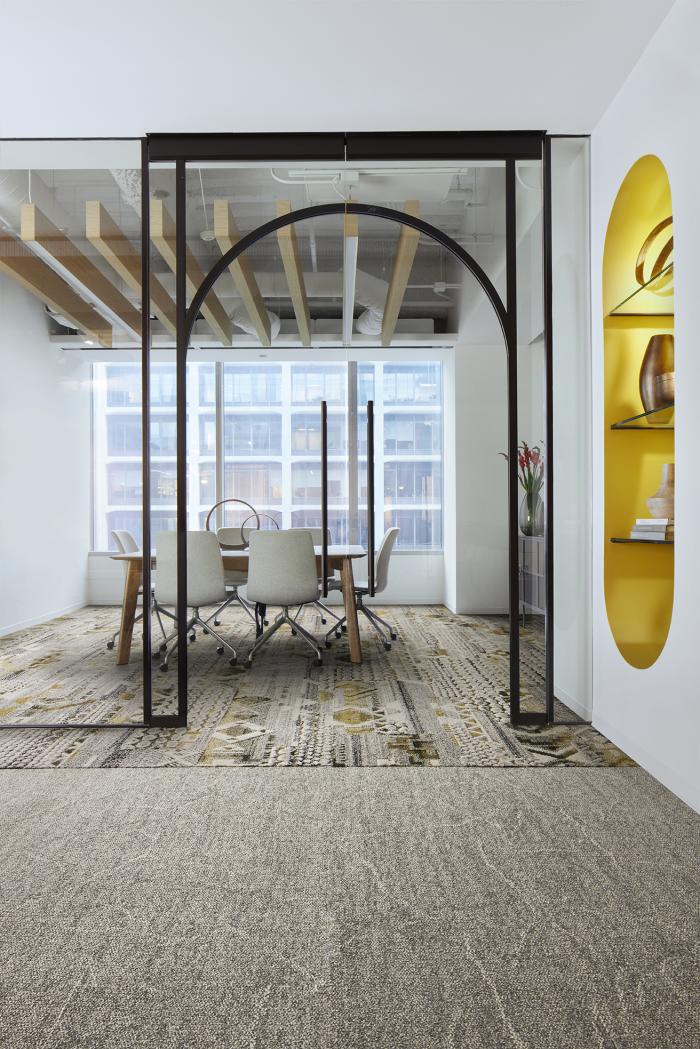
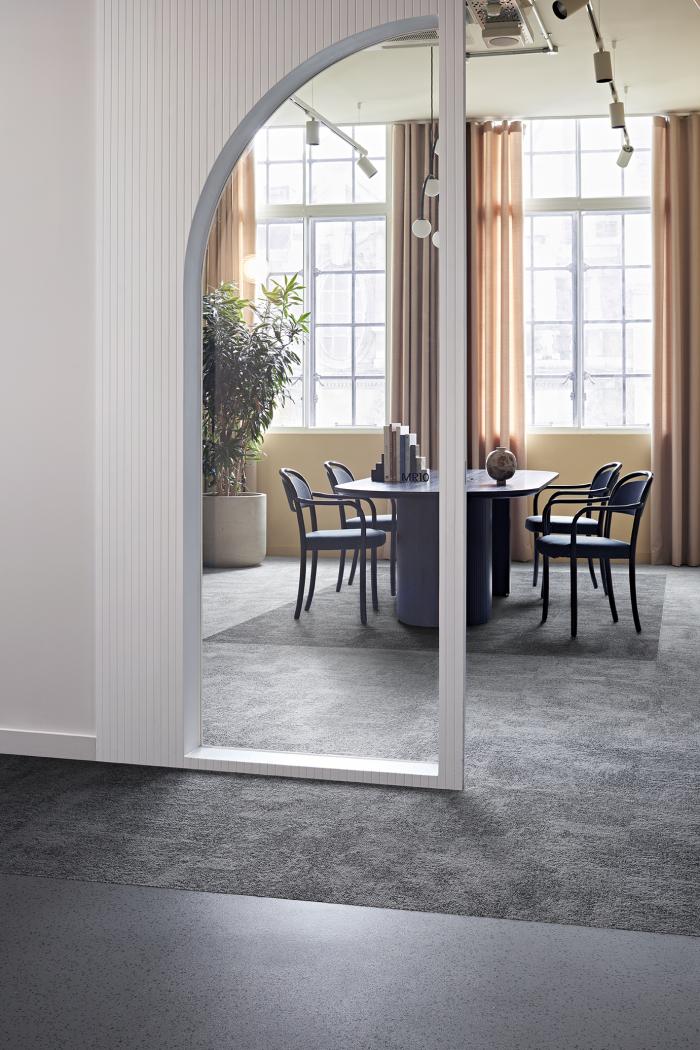
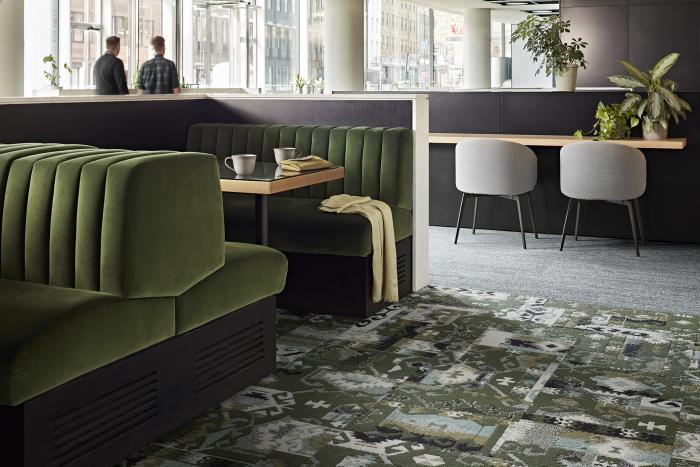
Lifestyle photography
Our reportage approach takes certain cues from our installation photography, using similar set styling and furniture propping. Models are used to help humanise the environments that feature our products.
The key differentiator is the use of depth of field (DOF), with subjects placed at different points within the focal plane. This technique is used to help ‘dirty’ the frame edge, suggesting a moment in time has been captured, bringing the viewer into the shot. This approach helps add a level of authenticity to our product photography.
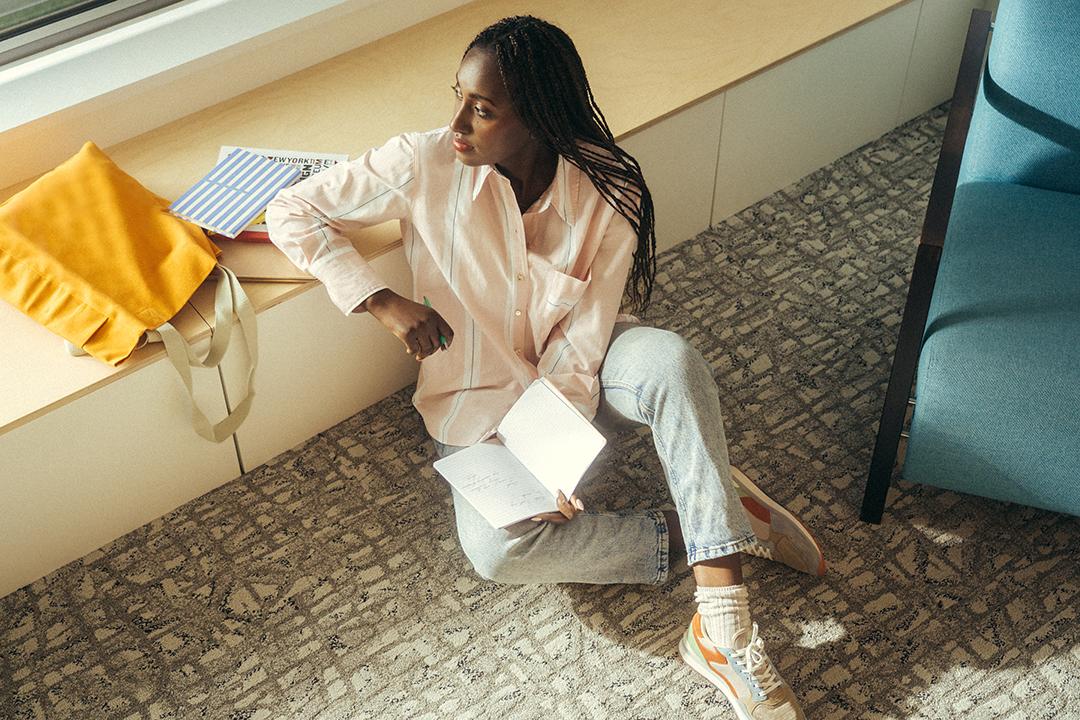
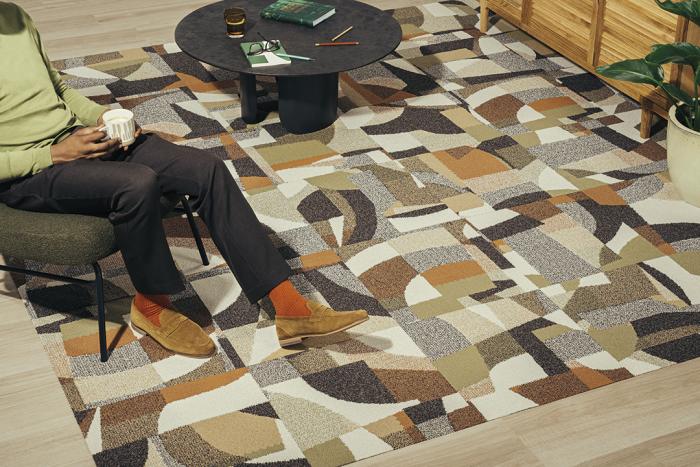
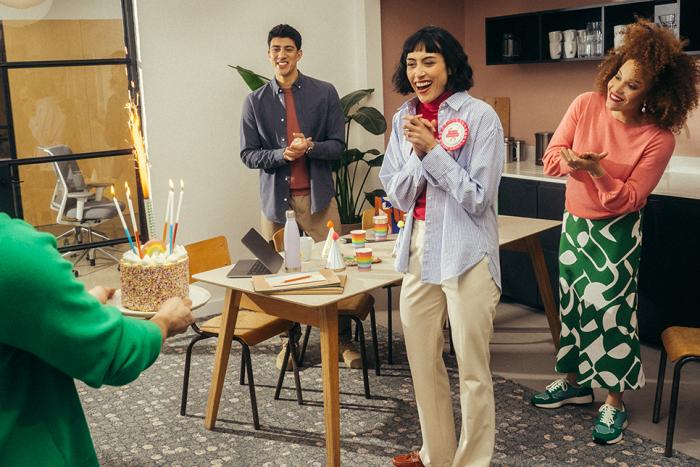
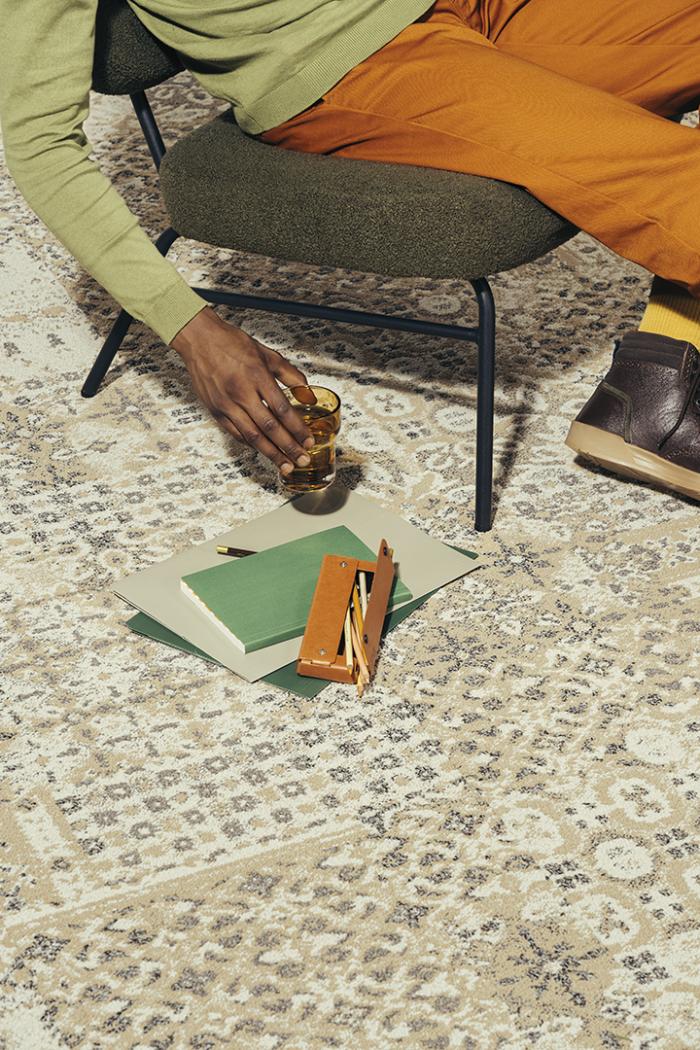
Rendered environments
CG rendering offers us the creative freedom to develop more conceptual environments, to communicate our design, product, technology and innovation stories.
This process allows a specific design story behind a product to be brought to life, that otherwise wouldn’t be possible. Similarly, when we need to communicate an abstract or intangible benefit of a product or initiative, CG rendering allows us to illustrate the stories in a more meaningful way.
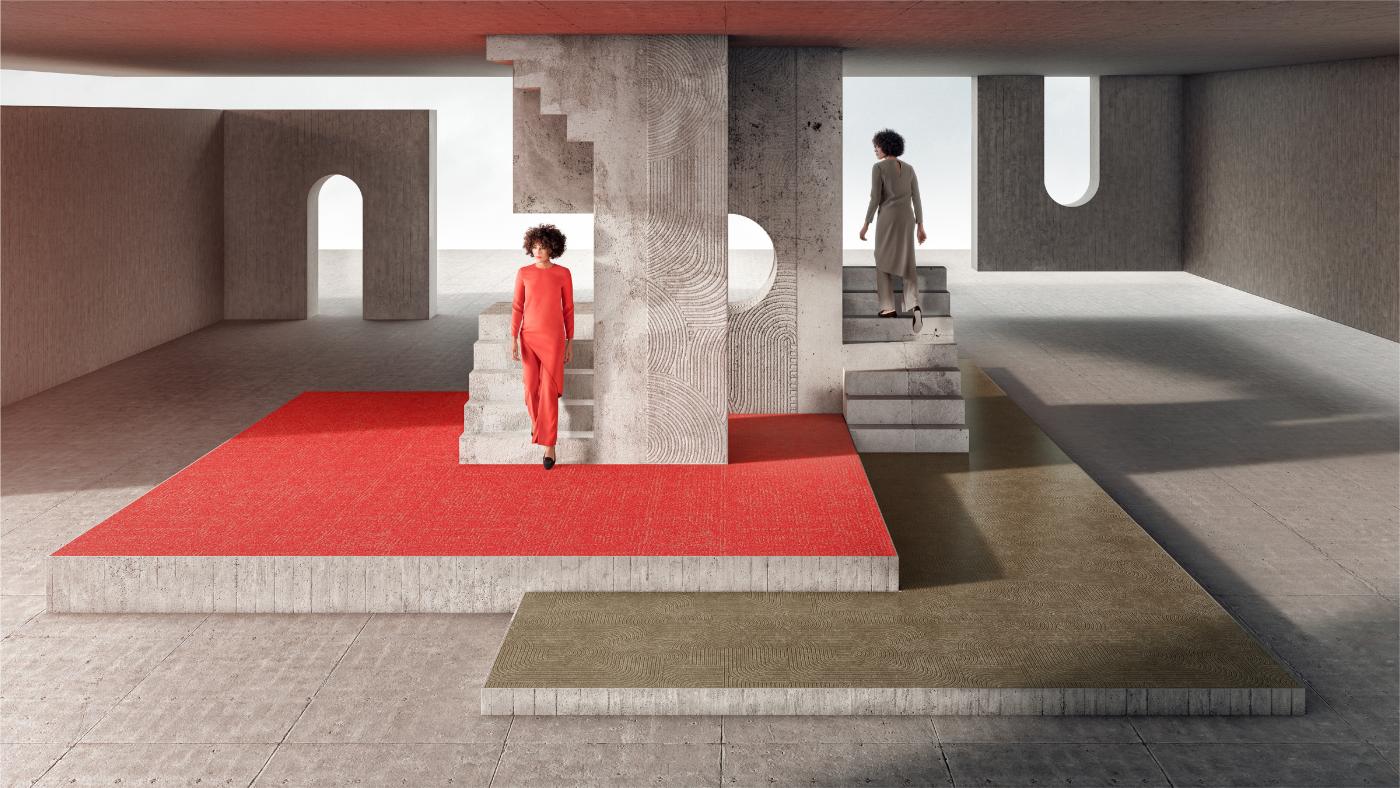
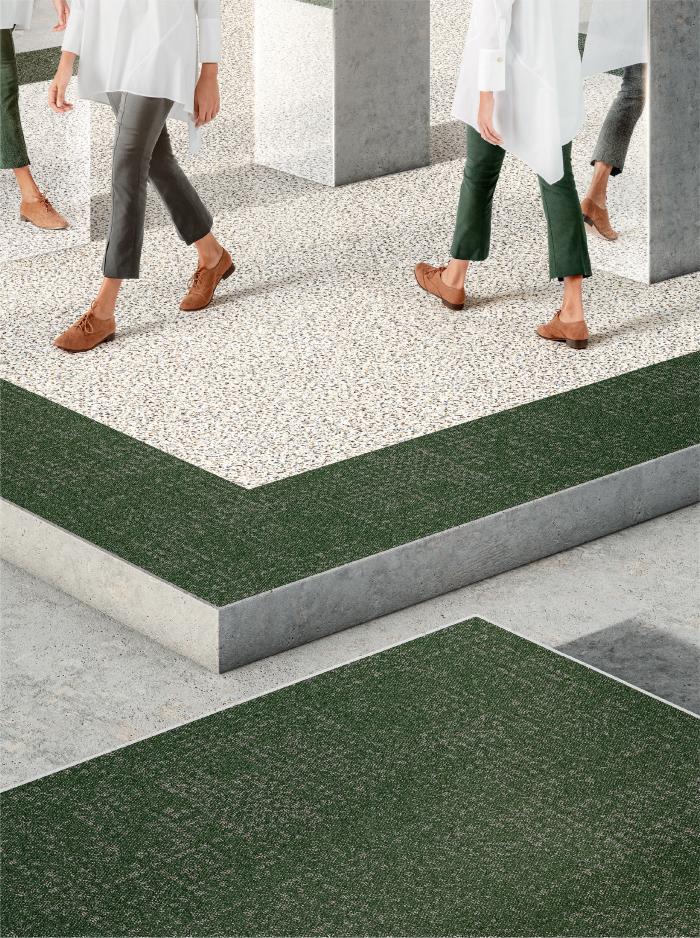
Rendered room scenes
This type of image makes use of CG rendering to illustrate different types of environment, whilst removing any superfluous colors, patterns or other material qualities. This helps put the focus on the product whilst giving enough context of the particular environments.

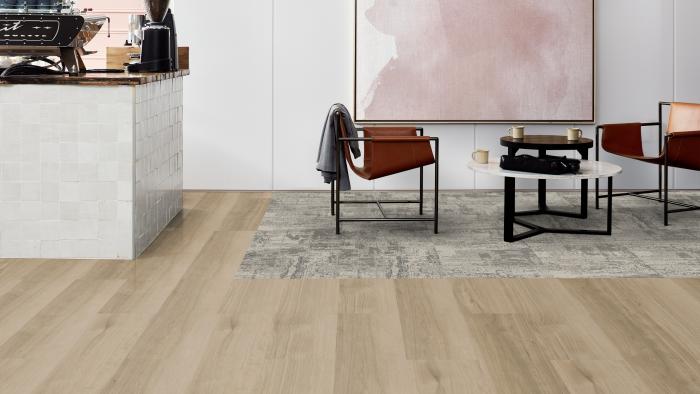
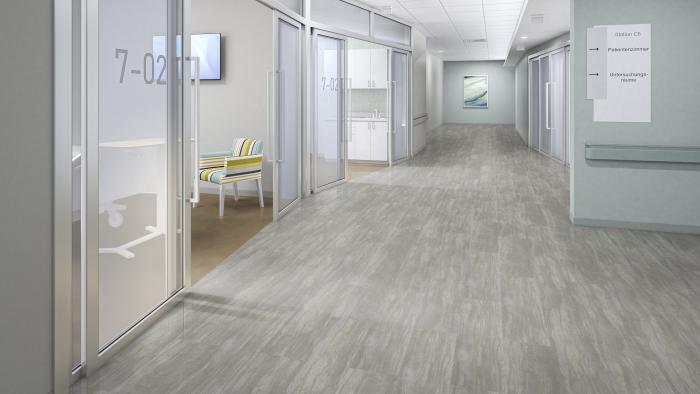
Palette imagery
Using an elevated camera position, this type of image is useful in communicating the design story behind a product. These images can include design reference materials, biological or natural materials, or be used to illustrate how different products within a range work together.
The viewpoint of these images can also vary, including very graphically composed, top-down shots, to 3/4 views of table-tops.
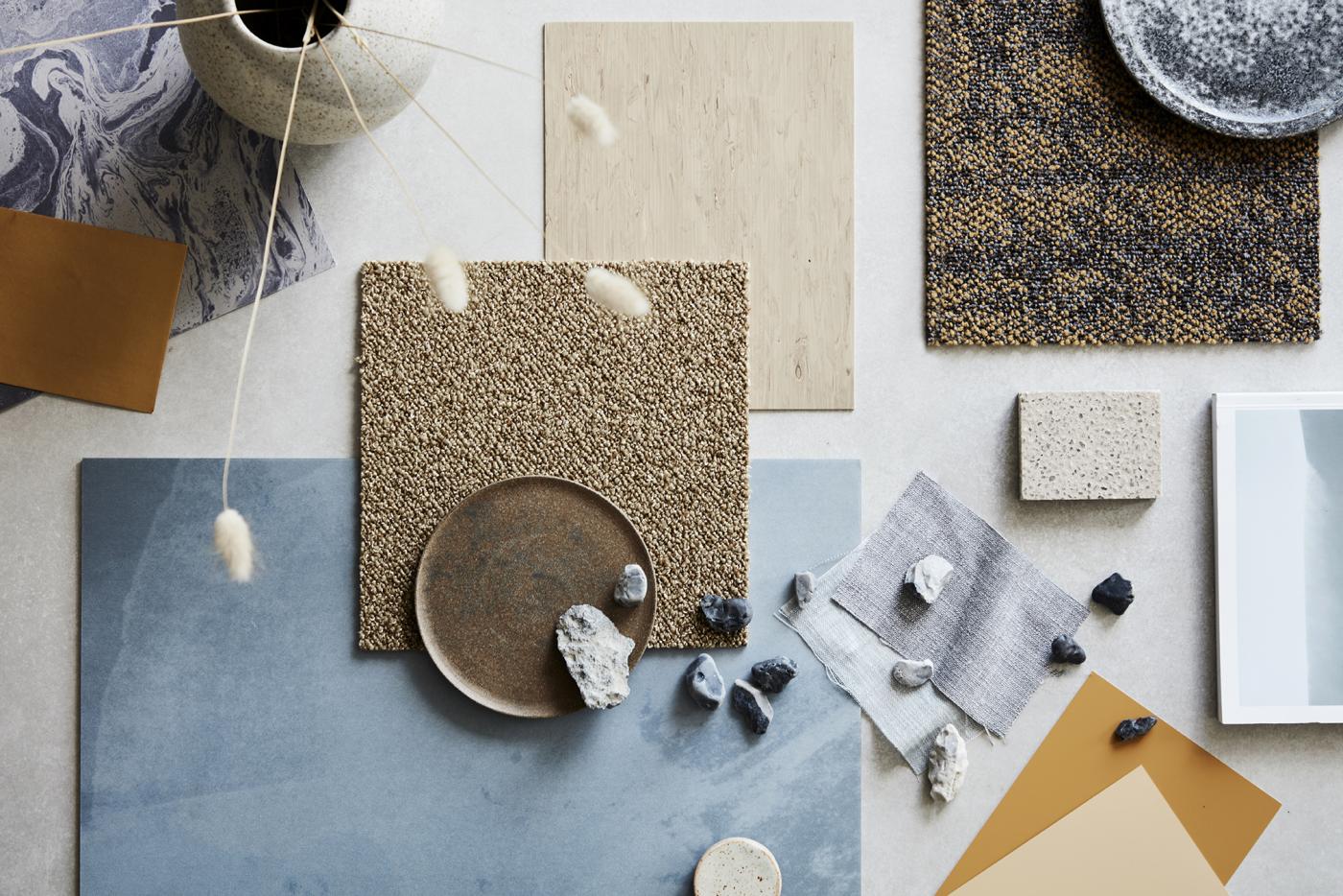
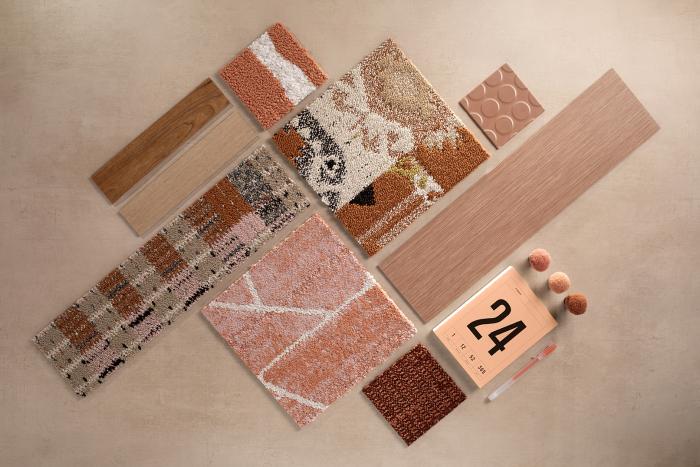
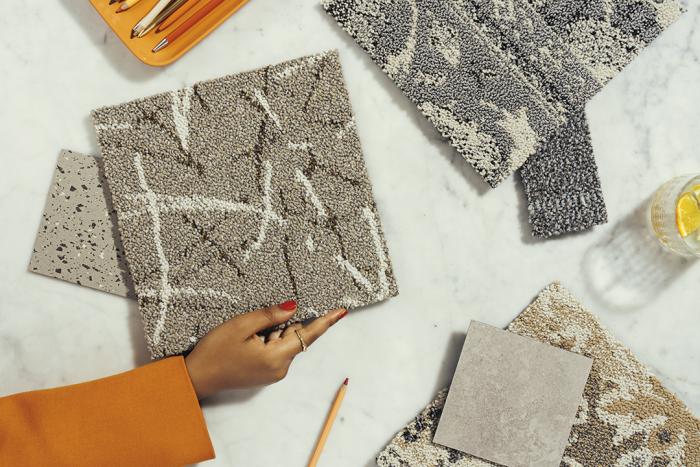
Product Close Ups
This type of image is useful in communicating the products texture. The viewpoint of these images are 3/4 views.
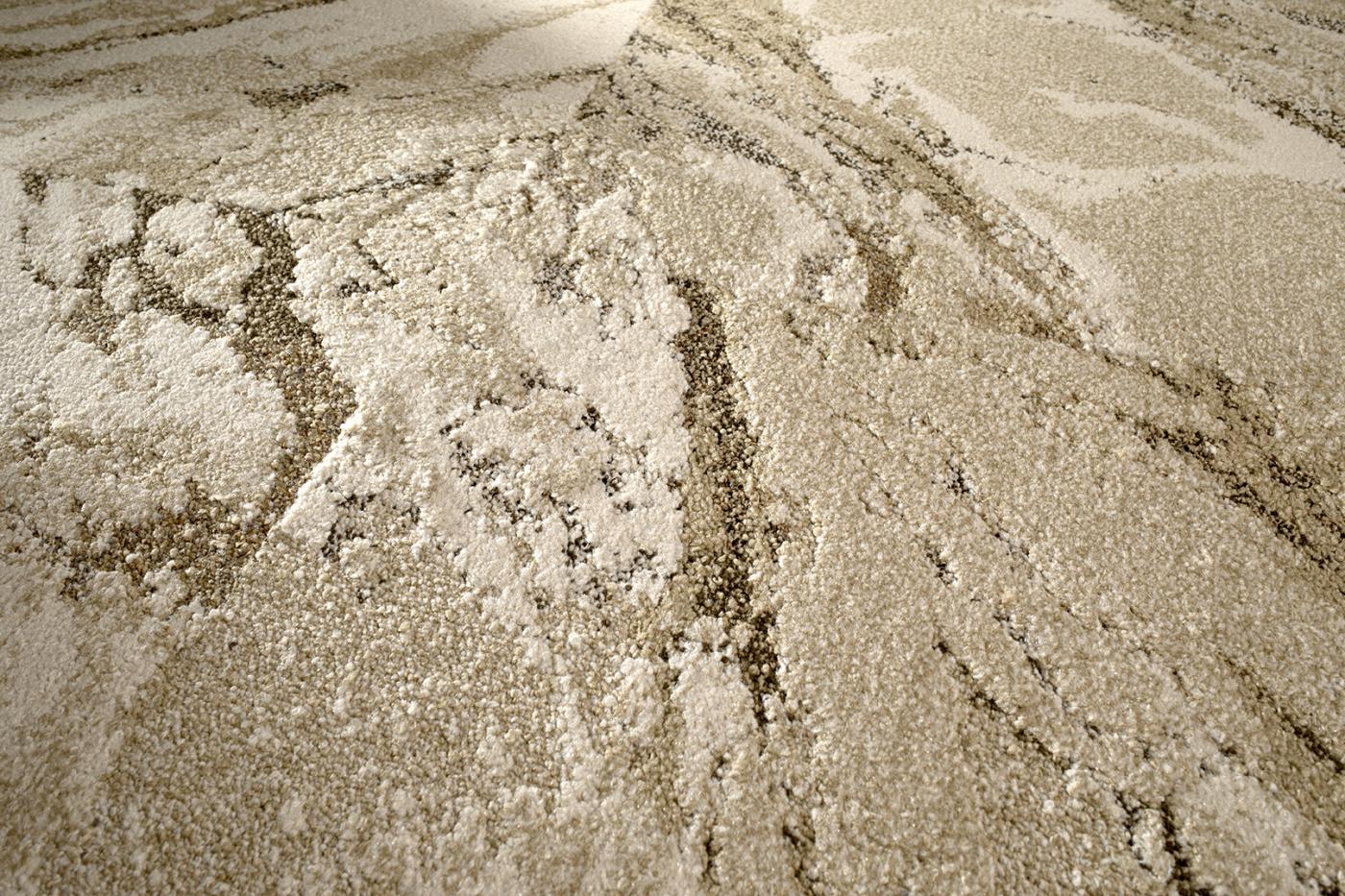
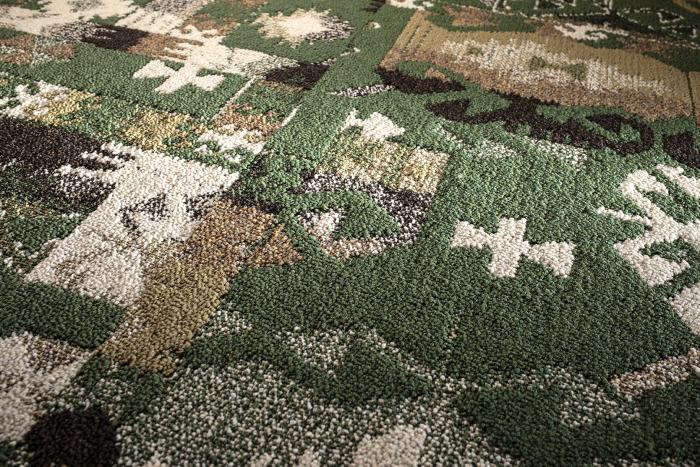
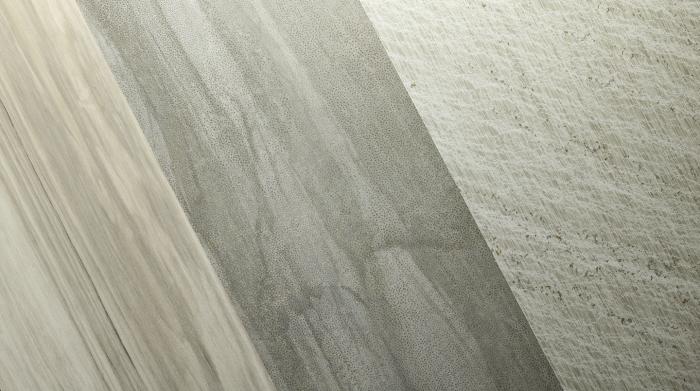
Rendered technical product simulations
This type of image makes use of CG rendering to explain the technical make-up of a product. It’s particularly useful when illustrating the various properties and respective benefits of our flooring products.
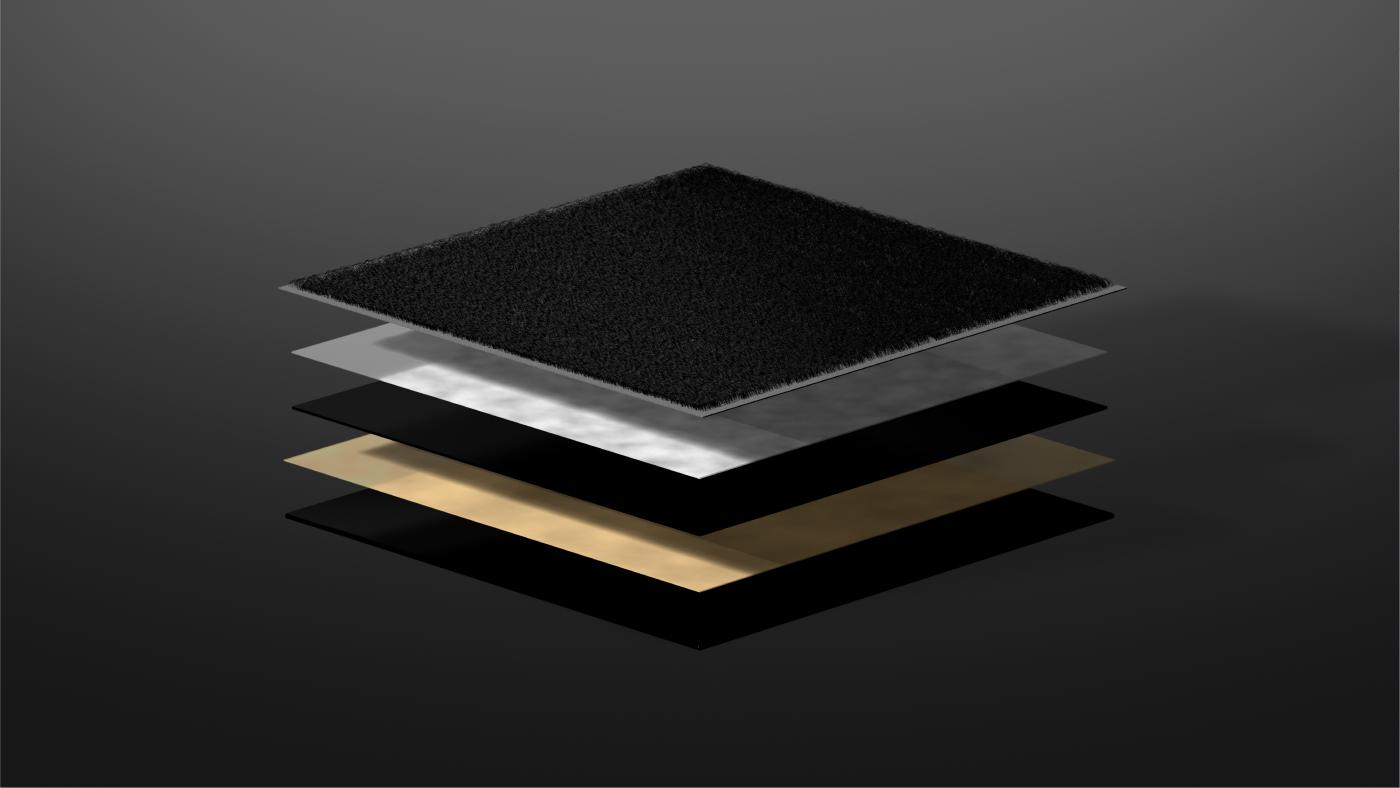
Product renderings
This type of image makes use of CG rendering to communicate the design of our products for both carpet and resilient category types. Taking a top-down viewpoint, our products are highlighted in a way that best illustrates design details, colors, and textures that are unique to each product.
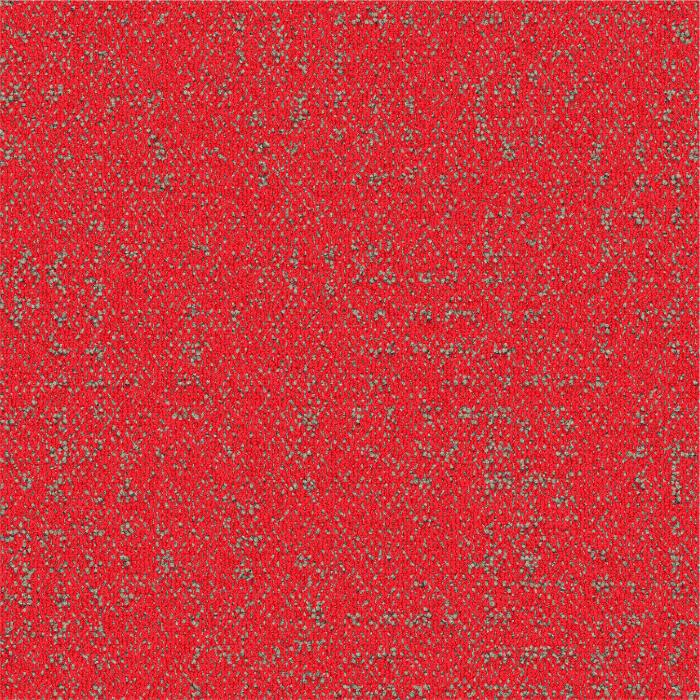
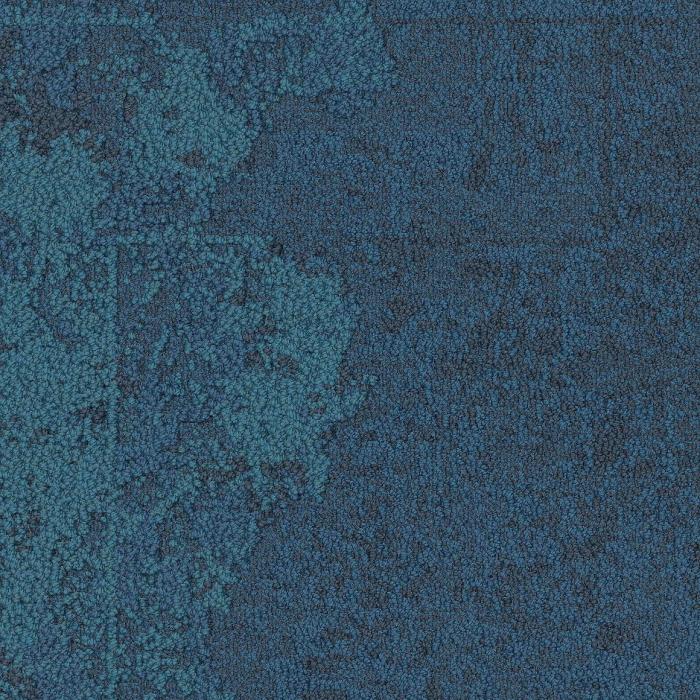
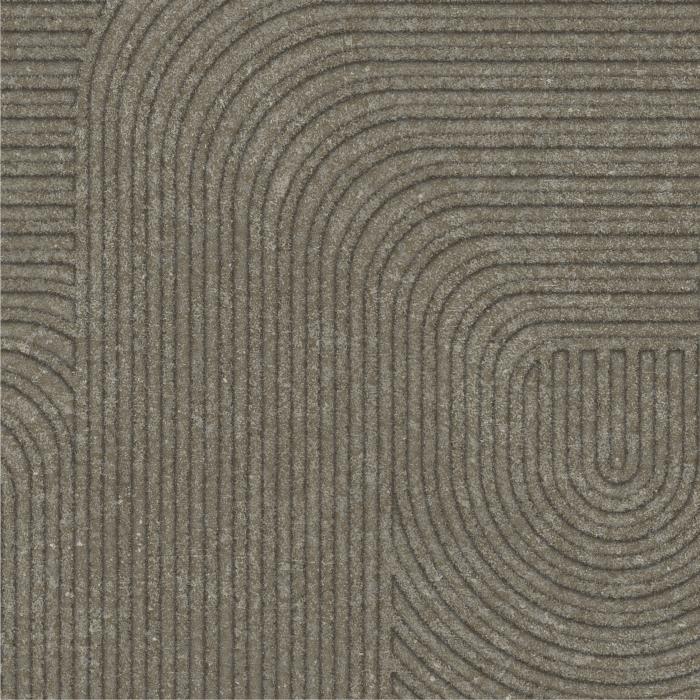
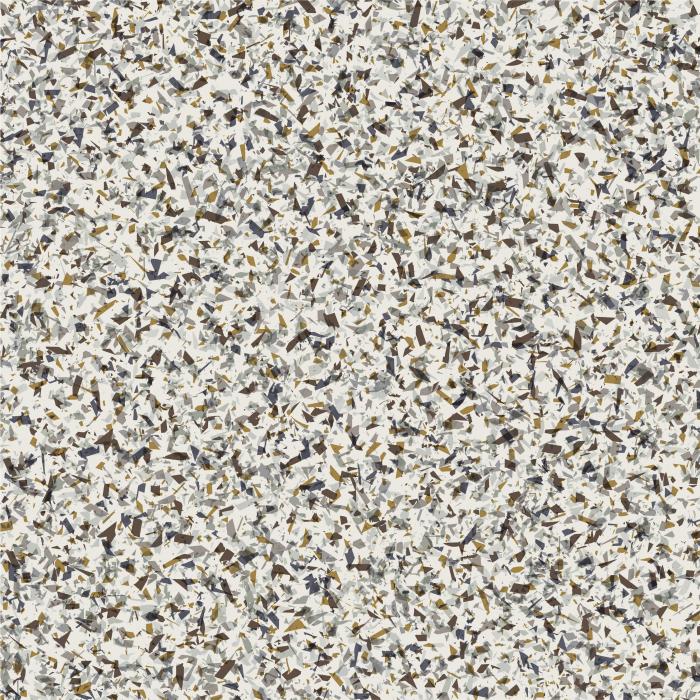
People photography
Our global family of designers, production staff and sales teams are the back-bone of our business. It’s therefore important that we represent all parts of the business. A mix of portraiture and action shots can be used to communicate the different roles involved.
Photography art-direction can be nuanced relative to the business area being captured. If focusing on a design story, use clean, considered environments to help contextualise portraiture. If the focus is on the logistics and pace of business operations, movement and energy should be captured.
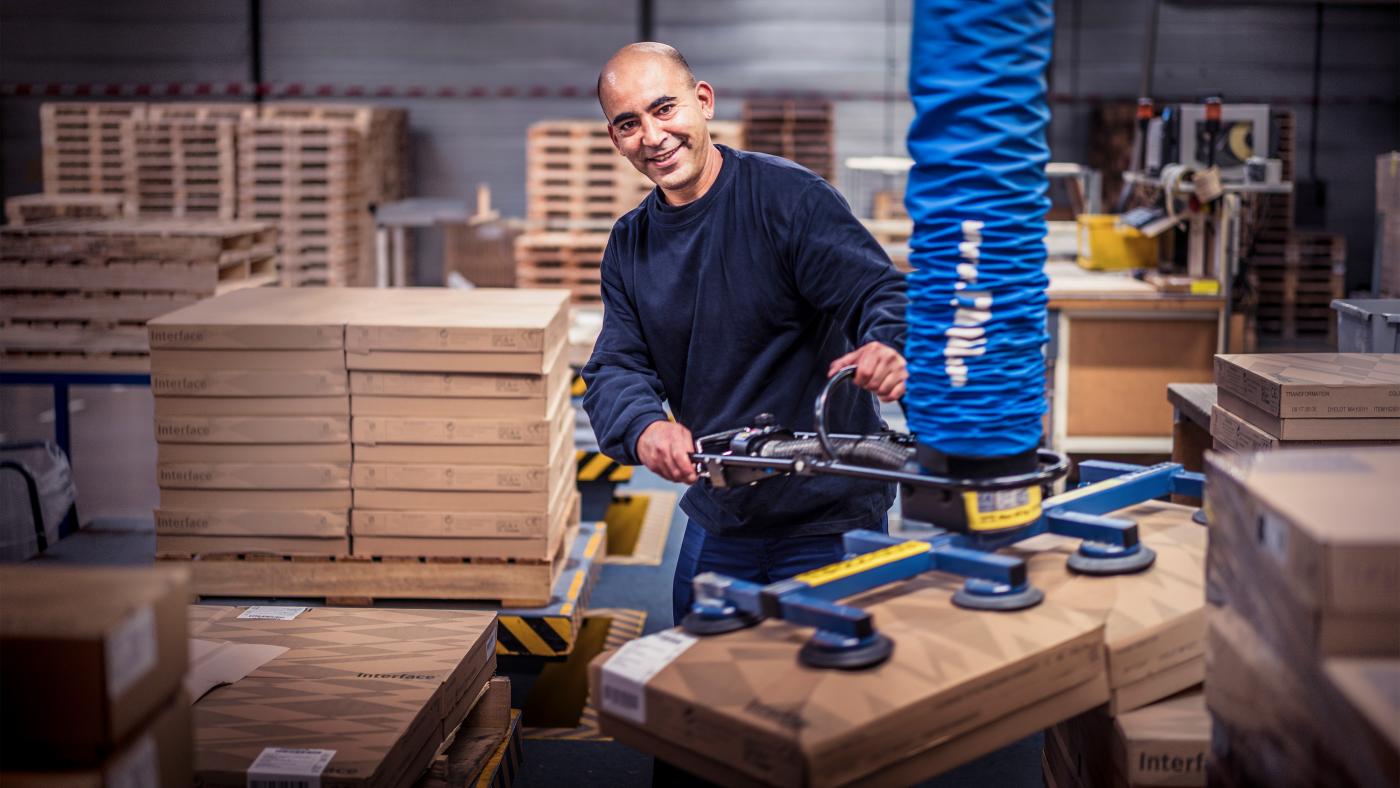
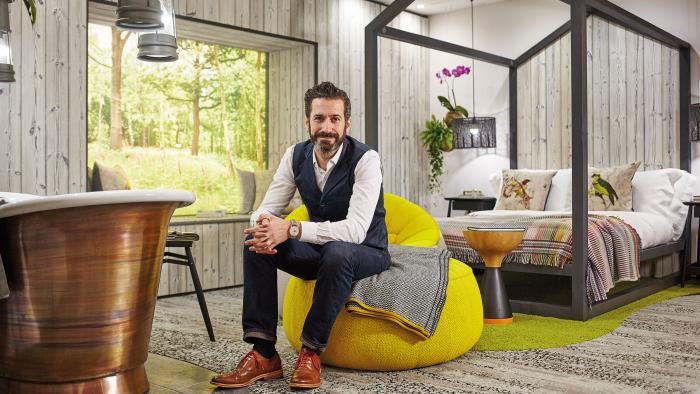
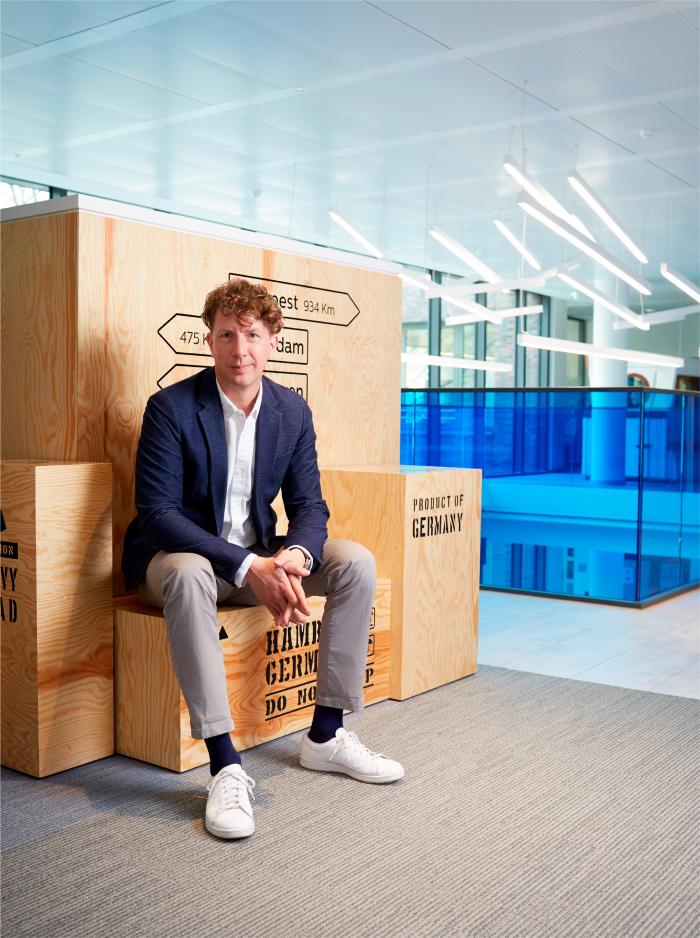
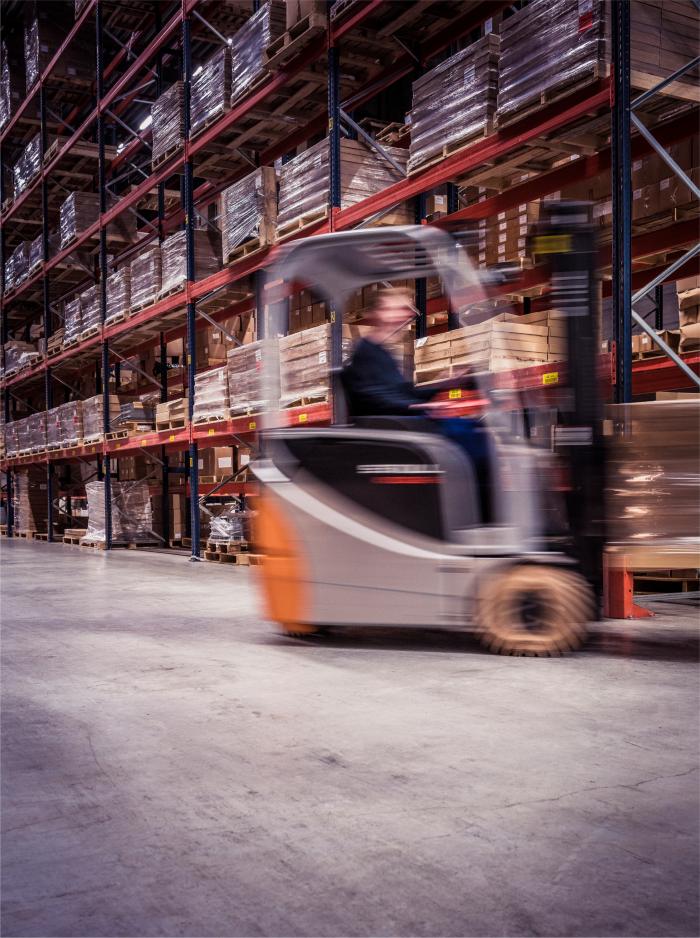
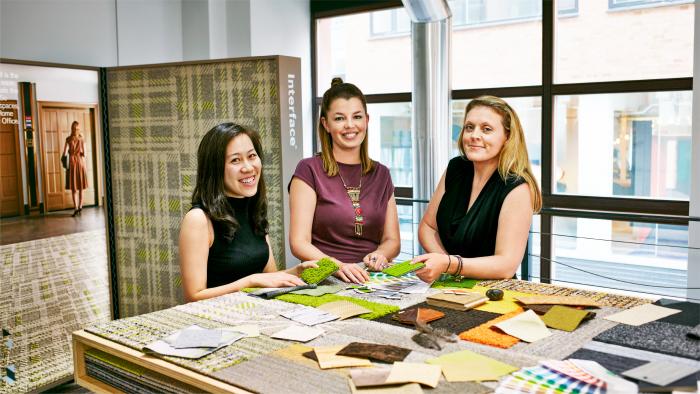
Stock photography
Licensed stock photography can be useful when illustrating design and material references, as well as our broader environment initiatives, when budgets or timeframes don’t allow for a location-based shoot.
All stock photography used must be of a high-quality, able to compliment the standard of our own product install photography, regardless of subject matter. We would suggest using Getty, Offset, Shutterstock or Unsplash as resources for stock photography.
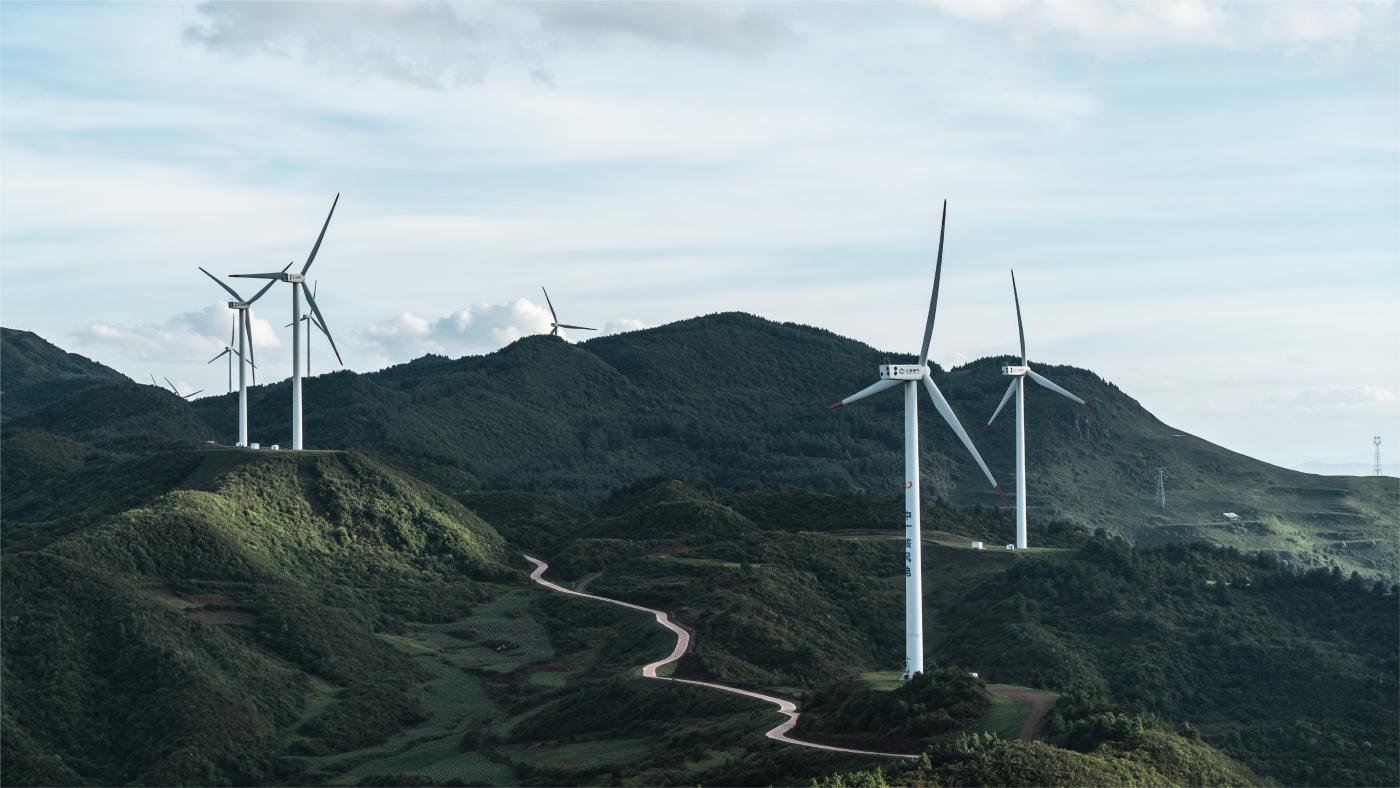
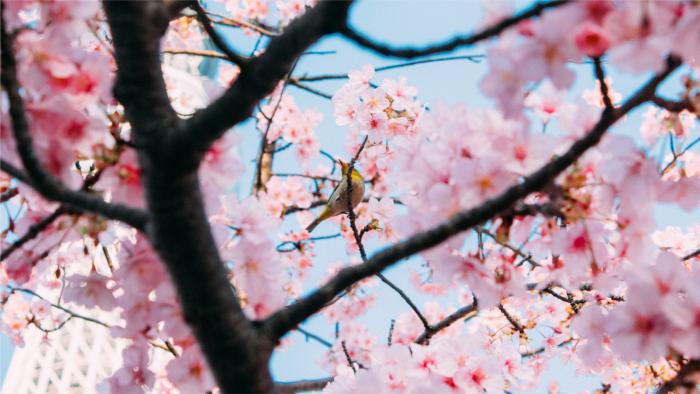
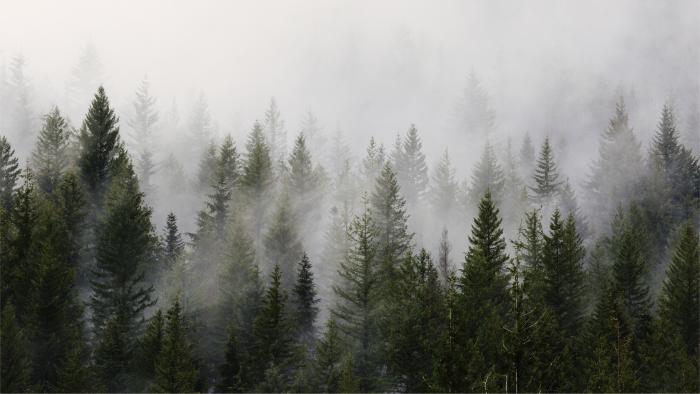
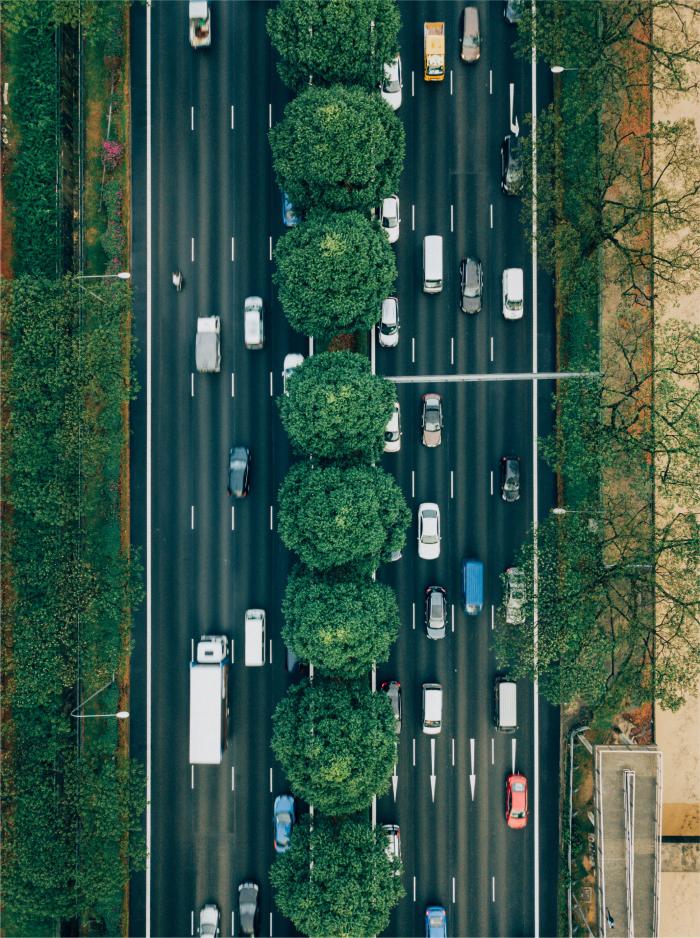

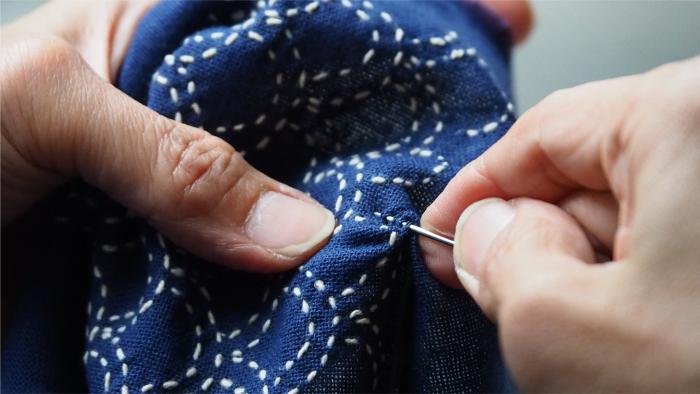
Guidance
When establishing the creative concept behind a product campaign, it’s critical that all relevant image levels are considered. How does the creative concept trickle down from top-level campaign imagery, right down to more functional product simulations?
Although certain levels of image must remain consistent across all our product portfolio, others offer more room for creative consideration.
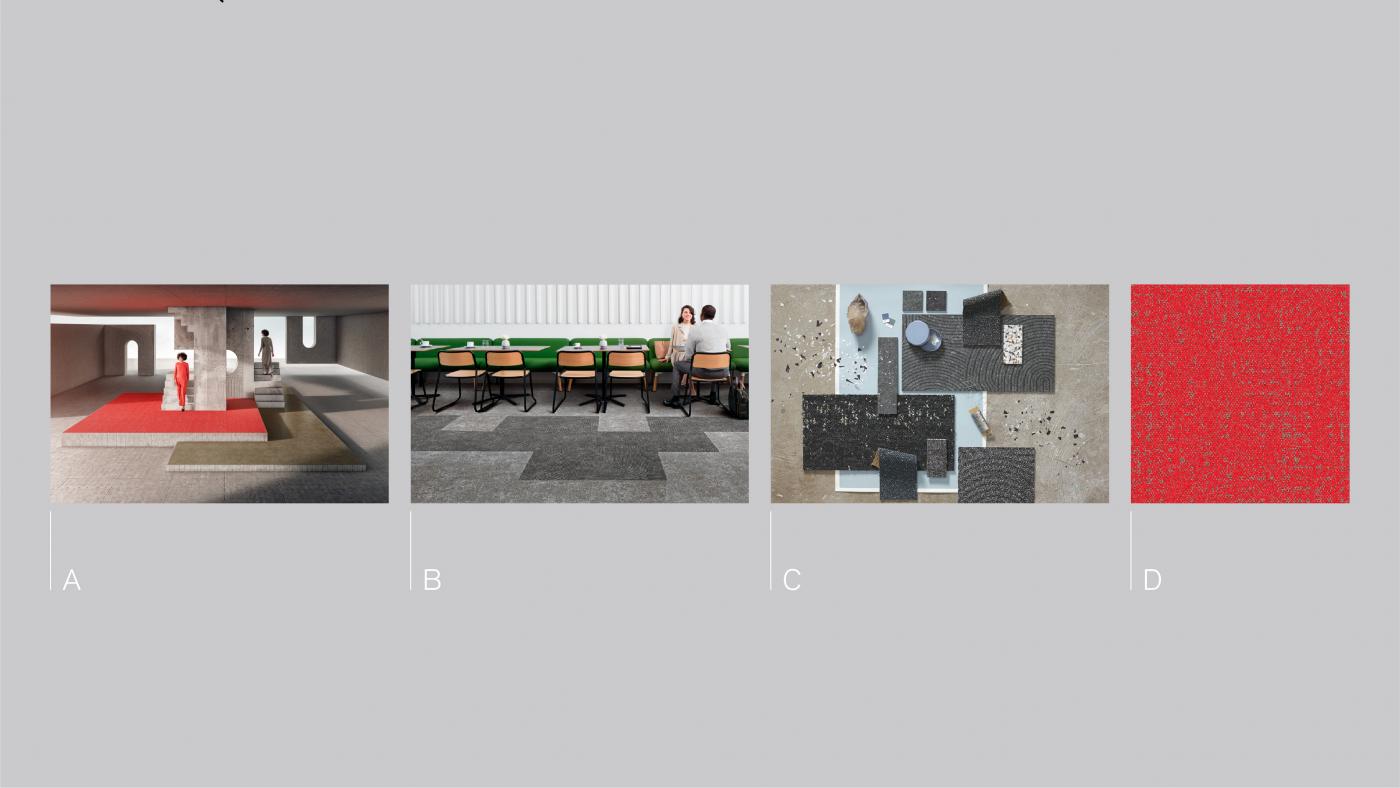
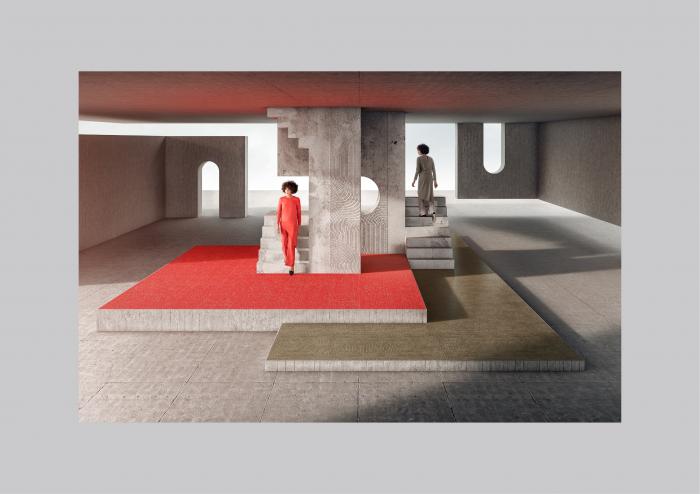
For example, is there a design or material story that could tie a campaign-level rendered environment image to a top-down product inspiration image?
In the case of the Look Both Ways™ campaign, architectural geometry, man-made materials and textures were all key design stories.
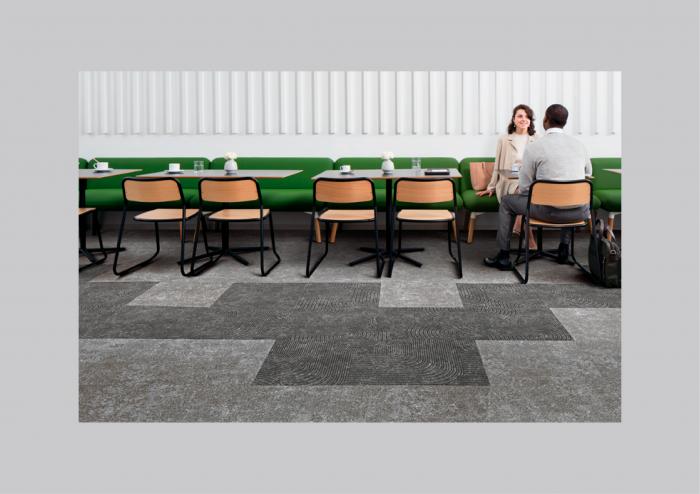
Looking at the install photography for the campaign, the environments used to contextualise the product had obvious structures that referenced the architectural back-story of product.
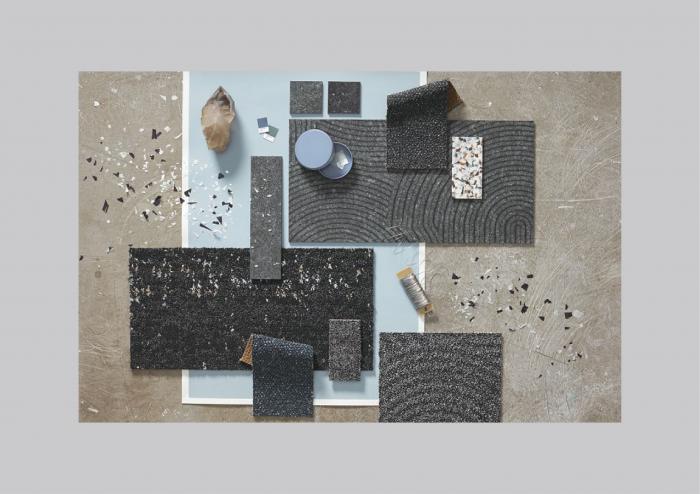
For the top-down product inspiration photography, concrete was used as a backdrop.
Cuttings of colored material were used to reference the shards of color found in the design of certain product skews.
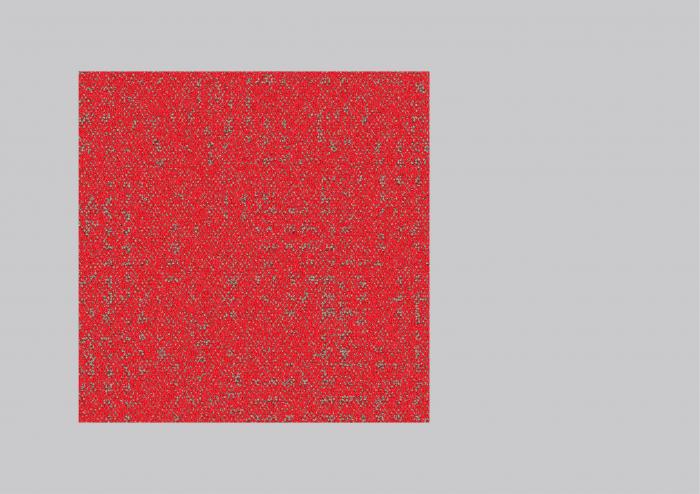
At the most functional level, our product simulations are there to communicate a pure surface design story.
This type of image therefore should remain consistent across our entire product range.
